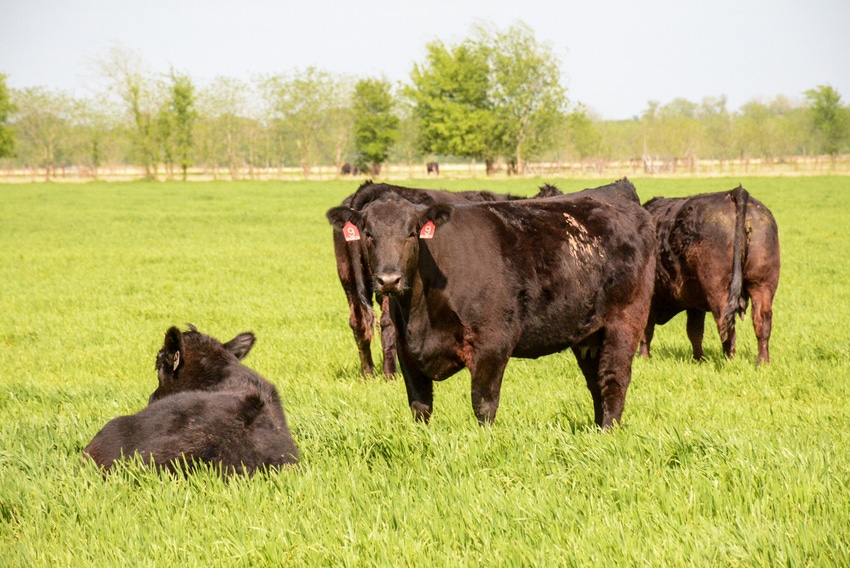
By Jan. 1, 2023, cattle producers will be required to use radio frequency identification (RFID) ear tags to identify their livestock rather than metal tags, but making this transition is going to take time.
“The transition from metal identification tags to radio frequency identification (RFID) tags will not happen overnight,” assures Dr. Andy Schwartz, executive director and Texas state veterinarian at the Texas Animal Health Commission (TAHC), in an April 26 press release. “The transition is projected to take four years and we want to use this time to educate and encourage Texas cattle, dairy and bison producers to start taking steps toward electronic identification.”
Changing to RFID will enhance animal health officials’ ability to locate specific animals quickly during an outbreak, according to the USDA. In the past, what might have taken weeks or months using paper records to determine which animals need to be tested, could be as short as a few hours with electronic identification. “This helps producers by significantly reducing the number of animals involved in disease investigations. It will also help animal movements from affected areas happen more quickly – while still ensuring no one else receives exposed animals," states the USDA in its “Advancing Animal Disease Traceability: A Plan to Achieve Electronic Identification in Cattle and Bison,” factsheet.
Individual official RFID tags will only be accepted as official identification for livestock moving interstate, including:
Beef Cattle & Bison
Sexually intact and 18 months or older
Used for rodeo or recreations events (regardless of age)
Used for shows or exhibitions
Dairy Cattle
All female dairy cattle
All male dairy cattle born after March 11, 2013
Feeder cattle and animals moving directly to slaughter are not subject to the new RFID requirements, Schwartz says.
As of Dec. 31, 2019, USDA will discontinue providing free metal tags. However, approved vendors will still be permitted to produce official metal tags for one additional year while the official metal tags will be available for purchase on a state-by-state basis as authorized by each state animal health official through December 31, 2020.
The implementation time frame of the new RFID requirements are as follows:
December 31, 2019: USDA will discontinue providing free metal tags.
January 1, 2021: USDA will no longer approve vendor production of metal ear tags with the official USDA shield. Accredited veterinarians and/or producers can no longer apply metal ear tags for official identification and must start using only official RFID tags.
January 1, 2023: RFID ear tags will be required for beef and dairy cattle and bison moving interstate that meet the above requirements. Animals previously tagged with metal ear tags will have to be retagged with RFID ear tags in order to move interstate. Feeder cattle and animals moving directly to slaughter are not subject to RFID requirements.
To purchase official ID tags, a premises identification number (PIN) is required. To obtain a PIN, producers can click on their state on USDA's interactive map, and be directed to state-specific resources to access their number.
For more information about currently accepted forms of official identification, USDA approved RFID ear tag specifications and premises identification numbers (PIN) contact the TAHC Animal Disease Traceability Department at 1-800-550-8242 ext. 733, [email protected] or https://www.tahc.texas.gov/adt/.
About the Author(s)
You May Also Like






